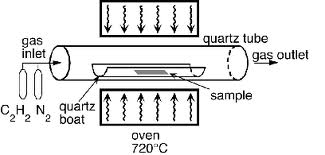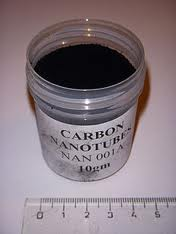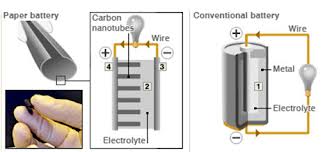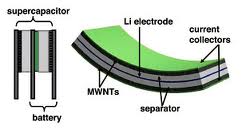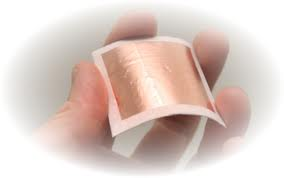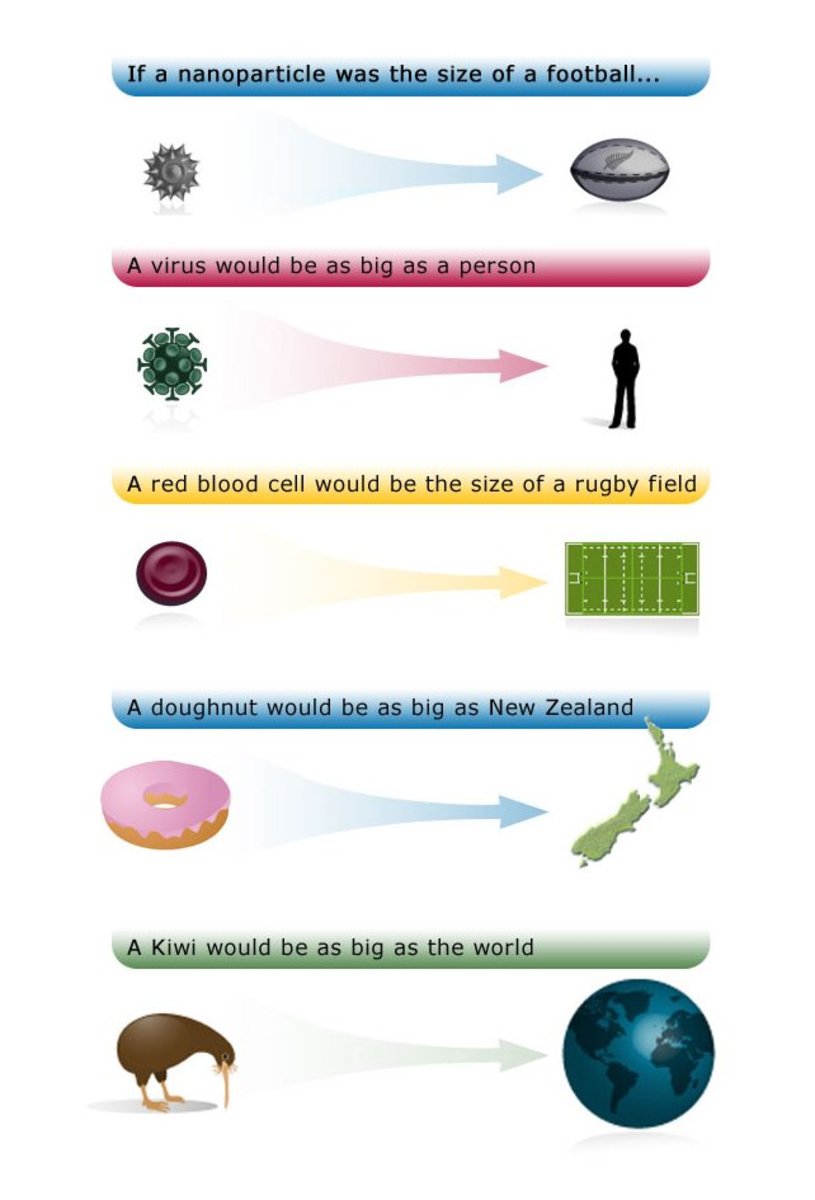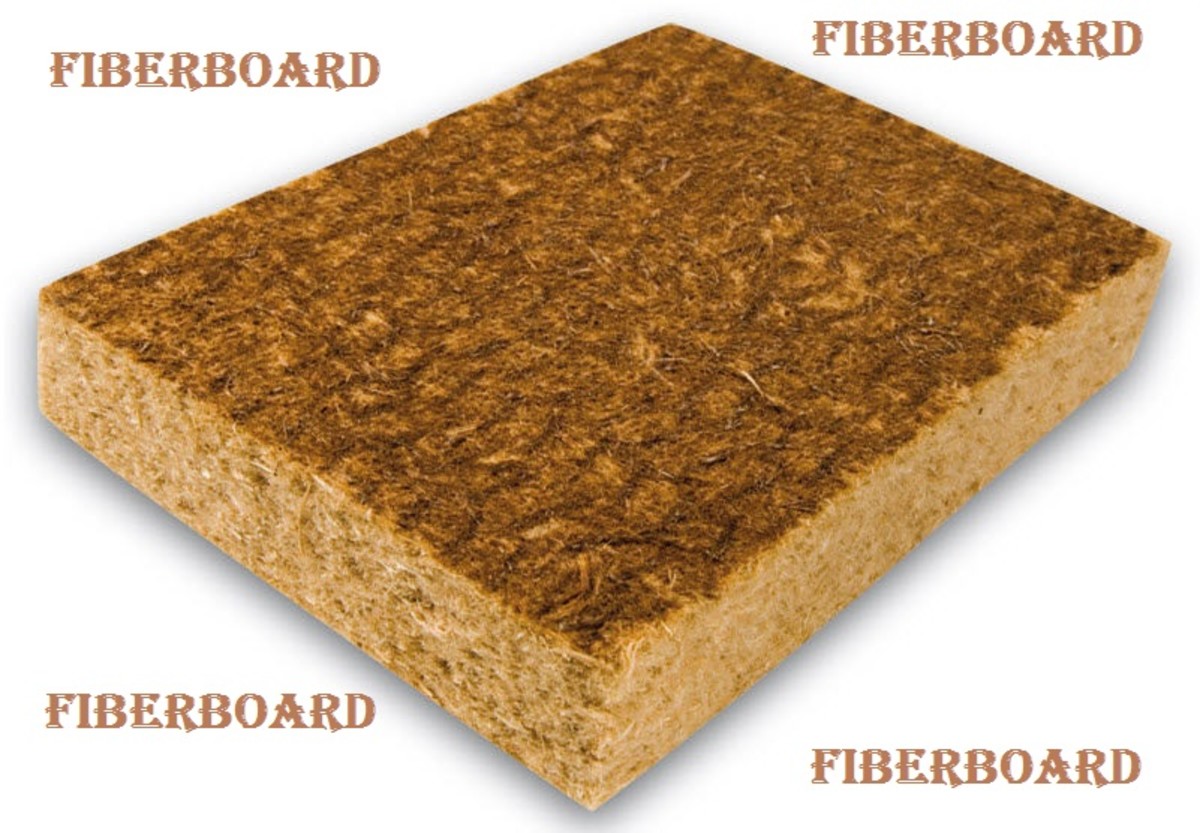Carbon Nano Tubes and it's Applications
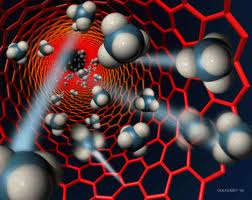
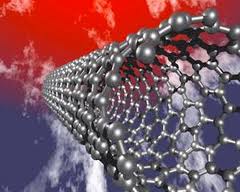
Nanotechnology and Nanotubes.
Importance of small
"Smaller the thing more is its power." Lets watch out the importance of small......
For instance- "Nuclear power from atoms", No grenade weighing even in Kilograms can be more powerful than a Nuclear bomb. For we know well, even a single drop of nuclear power leakage can cause not only it's surrounding of around many square kilometers just degraded right at the moment, but also makes the land unfit for survival for many more forthcoming centuries.
Similarly, the biological weapons comprising of so small, invisible to human eye microbes are even more powerful. Even such microbes do exist, whose a single bottle is capable enough to end up the entire life on earth.
Well leave with that, destruction could be easy, and even easiest if there is no government. But the real challenge comes, when we look towards nurturing our planet, improving the earth and discovering the power to develop our planet in best possible way.
Nanotechnology is one such field, where we work over the particles one millionth times thinner than a hair strand, to step down our whole lot technology system and circuits at nano level (i.e. 10-9 m).
At nano level, even the properties of material change from their macro-sized elemental properties. For example- Gold metal turns red if powdered in its nano sized particles.
The Control Systems used in our body are actually bio-technology based control circuits, where connecting wires are nerves, and in place of our general capacitors and inductors the neurons are deployed, and our entire skin(Sense organ) is an antenna.
No circuits and technology is yet found more advanced than biotechnology.
Do You Know? :- The eyes found in living beings are yet only known lenses, which can adjust their focal length and thus optical power, by virtue of a property known as accommodation.
Scientists around the world are working on nanoparticles and nanotechnology to miniaturise our recent available circuits, and find discover those real powerful stuffs.
Do you ever imagine something like- There is No tubelight or light bulb in your room and walls are glowing up when its night; or no fan or ac in room but walls cooling your place; or walls of your room changing color as per the season or as you want; or a cellphone which can be folded as a paper to be kept in pocket and is waterproof as well.????
Well, Nanotechnology is the mean, scientists of this field are still working their best to make those things come true and discover the magic.
One such instance of Nanopower is- "Carbon Nano tube."
Carbon nano tubes are very small, nano-sized particles made up of carbon atoms.It is basically an allotrope of carbon, whereby the structure is formed by folding the single carbon atom thick sheet of graphene in the shape of a tube.
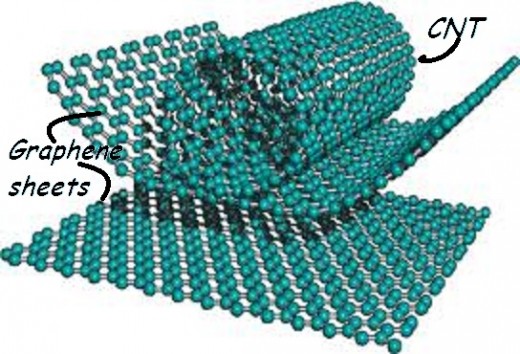
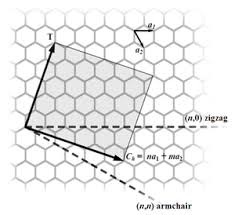
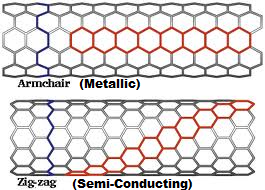
Features and Properties of Carbon Nanotube
Features of Carbon Nanotubes are summed up as follows:-
- They have a length to diameter ratio of about 1,32,000,000:1.
- Allotrope of Carbon
- CNTs are cylindrical tubes with their walls formed as, 'by folding a one atom thick sheet of graphene.'
- CNTs can be single walled or multi-walled, broadly categorised as 1. SWNT(Single walled Nano tube) and 2. MWNT (Multi walled nano tube.)
- 3 major structures, depending on angle at which graphene sheet is folded are : Zigzag, Armchair. and intermediate. Zigzag is semiconducting and armchair is metallic structure.
Properties of Carbon Nanotubes are summed up as:-
- They are good conductors of electricity:- Metallic nanotubes can carry an electric current density of 4 × 109 A/cm2, which is over 1,000 times greater than those of metals such as copper. There have also been reports of intrinsic superconductivity in Carbon Nanotubes.
- Possess High thermal Conductivity:- All nanotubes are expected to be very good thermal conductors along the tube, exhibiting a property known as "ballistic conduction", but are good thermal insulators laterally to the tube axis. Measurements show that a SWNT has a room-temperature thermal conductivity along its axis of about 3500 W·m−1·K−1; while Copper metal, which is well known for it's good thermal conductivity transmits 385 Wm−1K−1.
- Have Very High tensile and mechanical strength : - MWNTs have about 63GPa (GigaPascal) tensile strength while for armchair SWNT it goes to 126.2 GPa. It is very high compared to that of the hard steel, which haves a tensile strength ranging only from .38 to 1.55 GPa.
The bulk modulus of superhard phase nanotubes is 462 to 546 GPa, even higher than that of diamond (420 GPa for single diamond crystal).
The bulk modulus (represented as 'K') of a substance measures the substance's resistance to uniform compression. It is defined as the ratio of the infinitesimal pressure increase to the resulting relative decrease of the volume.
- They posses good optical properties of EM wave absorption and are thus finding applications in Radar cloaking and stealth techniques.
Summary of Synthesis
Production Techniques
| Produced Output
| Diameter of tubes produced
| Cost estimate
|
|---|---|---|---|
Arc Discharge Method
| Both SWNT and MWNT
| ~50 micrometer
| Cheaper
|
Laser Ablation Method
| SWNT
| controllable by varying temprature
| Costlier than Arc Discharge and CVD method
|
Chemical Vapor Deposition(CVD)
| Both SWNT and MWNT
| Varied with size of substrate metal particles
| Costlier than arc Discharge Method
|




Synthesis of CNT
Most Common methods of synthesis of Carbon Nanotubes are as follows:-
- Arc Discharge Method: - Here in this method Carbon electrodes are employed for an arc discharge technique. Carbon contained in negative electrode sublimates because of very high temperature and thus both SWNT and MWNT are formed in the carbon soot of graphite electrode.
- Laser Ablation Method: - In this method, pulsed laser vaporizes a graphite target in a high temperature reactor, while an inert gas is blend into the chamber. Nanotubes are then developed on the cooler surface of reactor as vaporized carbon condenses. A water cooled surface may be included in the system to collect nanotubes. This method was developed by Dr. Richard Smalley & his co-workers at Rice University.
- Chemical vapor deposition: - It is the most common method employed for commercial production of Carbon nanotubes.
In CVD method first of all a substrate is prepared with a layer of metal catalyst particle, most commonly nickel, cobalt, iron, or a combination. This substrate is than heated at approx 7000C.
To initiate growth of nanotube, two gases are blend into reactor:
- Process Gas : - Ammonia, Nitrogen and Hydrogen.
- Carbon Containing Gas : - Acetylene, ethylene, ethanol and methane vapors.
Nanotubes are grown at the sites of metal catalysts, the carbon containing gas is broken apart at the surface of catalyst particles & carbon is transferred to edges of particle, where it forms nanotubes. (*This mechanism is still being studied.) The catalyst particles can stay at tips of growing nanotubes during growth process, or remain at nanotube base, depending on adhesion between catalyst particles and substrate.
Note: The diameters of nanotubes that are to be grown are related to size of the nanoparticles. And size of metal particles can be controlled by patterned (or masked) deposition of the metal, annealing, or by plane etching of a metal layer.
Nanotube electronic circuits
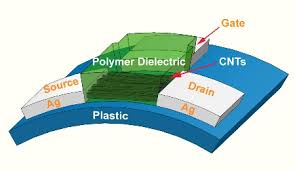
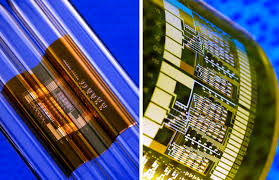
Paper battery
Click thumbnail to view full-size


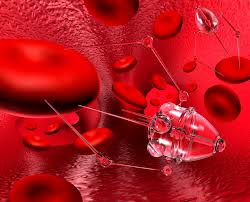
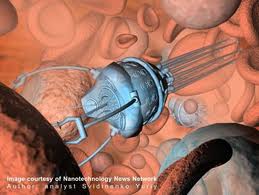
Applications of CNTs
Due to its unique extraordinary properties, Carbon Nanotube find a big zeal of applications in various fields. Discoveries and developments in this field are still in continuation. Here we have some of the major applications and developments so far: -
- In Electrical Circuits: - Nanotube based transistors – Carbon Nanotube Field effect transistors (CNFET) are of great importance. They work at room temperature and are capable of digital switching through a single electron. In 2003, room temperature ballistic transistors with ohmic metal contact and high gate dielectric were reported, showing 20-30 times higher ON current than conventional Si-MOSFETs.Thereafter, the major challenge of forming ohmic metal contact formation was met with palladium, which is high work function metal and shows t o exhibit shottkey barrier free contacts to semiconducting Nanotube with diameter greater than 1.7nm. The very first Nanotube integrated memory circuit was made in 2004.
- To make Paper batteries: - Here we have another very interesting application of CNTs. Paper battery is a battery engineered to use the paper thin sheets of cellulose, infused with aligned CNTs (Cellulose is the major constituent of a regular paper among some other things). Nanotubes than here act as electrodes allowing storage devices to conduct electricity. This battery functions as both a lithium ion battery and a super capacitor, and can provide a long duration and steady power output comparable to a conventional battery along with the supercapacitor’s quick burst of high power. Its another advantage over convetional batteries lies in, while a conventional battery contains a no. of separate components, the paper battery integrates all of the battery components in a single structure, making it more efficient.
- For Hydrogen gas Storage: - CNTs can store hydrogen gas for fuel purposes. Current conventional storage methods involve cooling and condensing gases to liquid state prior to storage. Conversion to liquid state causes a loss of potential energy from about 25 to 45 percent of that associated with gaseous state. Storage using SWNT allows one to keep H2 in its gaseous state taking advantage of capillary effect of small carbon nanotubes, and thereby increases its storage efficiency.
- Making Solar Cells: -Solar cells developed at New Jersey institute of technology uses a carbon Nanotube complex formed by a mixture of CNTs and buckyballs to form a snake like structure. ( Buckyballs are another allotrope of Carbon existing in Nanoparticle range, they have a round structure and are also knows as fullerenes or C60, for having 60 carbons making up a ball.) Buckyballs can trap electrons but cannot make them flow, Nanotubes, then behaving like copper wires make the electron current to flow through them. Additional researches are being conducted to increase their efficiency by forming the hybrid structure. These hybrids are created by combining SWNT with photo excited electron donors to increase no. of electrons generated.
- Medical applications:- Nanotubes are employed for treatment of cancer, the technique goes as- SWNT is inserted around cancerous cells and then excited with radio waves, which causes them to heat up and kill surrounding cells. Apart from this, Carbon Nanotubes and their polymer nanocomposites are suitable scaffold materials for bone cell proliferation and bone formation. As well as, Nanites or nanorobot are being developed which can enter the human body for various kinds of treatment. We have a well known technique of cancer treatment i.e., exposing the infected area to UV radiations. But in those techniques lots of healthy tissues surrounding the infected ones get destroyed, causing a further decline in health of patient. But Nano techniques provides small enough means to only attack and destroy the target infected cells, and hence it proves beneficial over previous methods.
But while using these techniques toxicity of Nanotubes must be kept in special consideration and proper measures must be smartly adopted.
- In Textile Industry and for making bullet proof outfits: -Carbon Nanotubes can be employed to make dirt and dust repellent clothes. As well as, due to their high tensile strength they can be used to make the bullet proof jackets, which can restrict the bullets to pass through it. But be sure the kinetic energy of bullet may still cause the fracture of bone and internal bleeding due to flexibal nature of material.

Space Elevator, the Jackpot
Various other applications of Carbon Nanotubes are like Electrical cables and wiring, Optical power detectors, cloaking of aircrafts from microwaves and radar applications, in cosmetics, in paints etc., and there are yet more experiments and developments still going on, but here we have a Jackpot.... It would be like dreams comes true:
- Space Elevator: - It is project still in its development stage, this project was proposed by Russian scientist Konstantin Tsiolkovsky, and was first published in 1895.
The major challenge in development of Space elevator was the pole to support the elevator. It was accounted that the pole of such a great height, to stand still would need a pyramidal construct with base area reaching about squares of kilometers, even with the than available highest strength metals. But with the developments in Carbon Nanotubes, the hope enlightened further. The extremely high tensile strength of carbon Nanotubes can be deployed to form the pole of elevator, so as to support the elevator box. The work on this project is still going on, and some hopes estimate, we may have these magic boxes by 2030.
And then a day, it would be possible for anyone to visit the moon, with some fixed rates of 5$ per Kg of weight, via journey through space elevator. : D
Apart from these various experts in the field love creating their own toys and stuffs, primarily as a part of their experiments and fun as well.
Hope, you enjoyed knowing about these Carbon Nanotubes.
Happy reading :)



